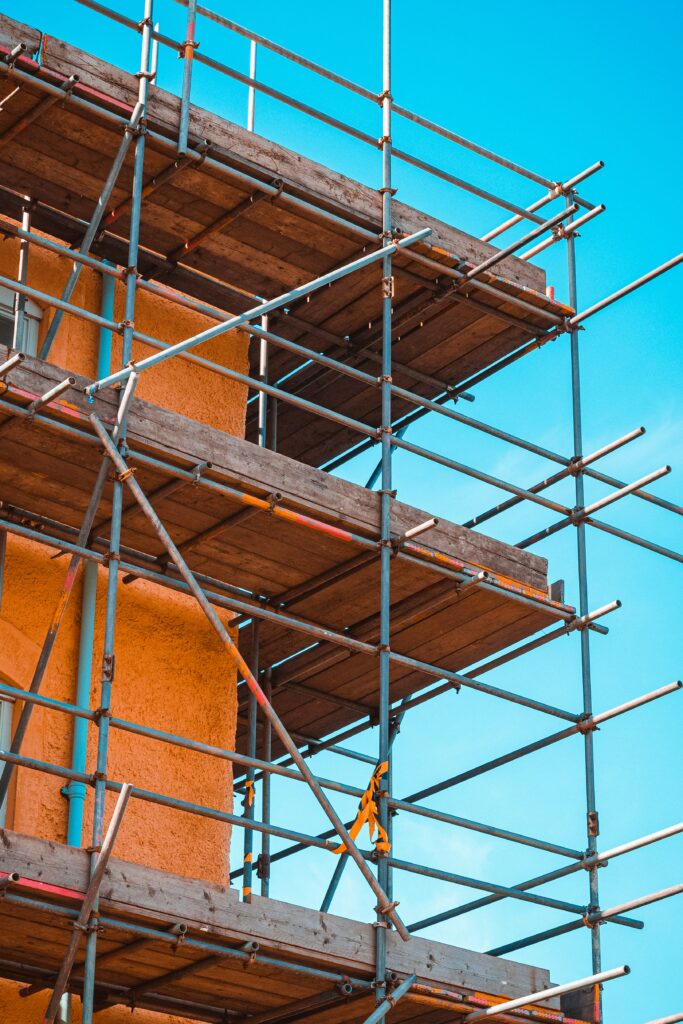
Amidst the shifting landscape of the real estate market, recent data released by the U.S. Department of Housing and Urban Development and the U.S. Census Bureau shed light on the impact of rising mortgage rates on new home sales across America in February 2024. The modest uptick in mortgage rates contributed to a marginal decline of 0.3% in the sales of newly constructed, single-family homes, settling at a seasonally adjusted annual rate of 662,000. Nonetheless, when compared to figures from the previous year, February’s new home sales demonstrated a notable uptick of 5.9%, indicative of the resilience within the housing sector despite prevailing challenges.
Chairman of the National Association of Home Builders (NAHB), Carl Harris, emphasized that while February saw a stabilization in new home sales, concurrent home builder surveys revealed a growing confidence buoyed by the persistently low levels of existing home inventory. Harris anticipates a positive trajectory as interest rates gradually ease throughout 2024, expanding the pool of potential homebuyers and necessitating increased new construction to meet burgeoning demand.
NAHB’s Chief Economist, Robert Dietz, attributed the subdued pace of new home sales in February to a marginal increase in mortgage rates, corroborating findings from builder surveys indicating a quarter of builders resorted to price adjustments in March to stimulate demand. The data reflects a 7.6% year-over-year decline in median new home prices, attributed partly to builders offering slight reductions in home prices and opting for smaller home designs.
Freddie Mac’s data indicates a rise in mortgage rates from an average of 6.64% in January to 6.78% in February, further contributing to the nuanced dynamics observed in the housing market.
A new home sale is recorded upon the signing of a sales contract or acceptance of a deposit, irrespective of the construction stage. Accounting for seasonal variations, February’s 662,000-unit sales rate provides an annualized projection of new home sales, indicative of market trends over the coming year.
Despite the marginal decline in new home sales, February witnessed a 1.3% increase in new single-family home inventory, reaching 463,000 units. This surplus represents an 8.4 months’ supply at the current pace of construction, exceeding the equilibrium threshold of a 6-month supply. In contrast, the existing home market presents a starkly different picture, with only a 2.9 months’ supply available for sale.
Reflecting the market’s response to prevailing conditions, the median new home sale price in February stood at $400,500, marking a 3.5% decrease from January and a notable 7.6% decline year-over-year.
On a regional basis, year-to-date trends depict a varied landscape. New home sales surged by 47.0% in the Northeast, 29.7% in the Midwest, and 41.0% in the West, underscoring regional disparities in market dynamics. Conversely, the South experienced a 13.4% downturn in new home sales, indicative of localized challenges impacting housing demand.
In summary, the intricate interplay of mortgage rates, inventory levels, and regional dynamics underscores the nuanced nature of the new home market in February 2024. As industry stakeholders navigate evolving conditions, proactive strategies and adaptive measures will be pivotal in sustaining momentum and fostering resilience within the housing sector.



